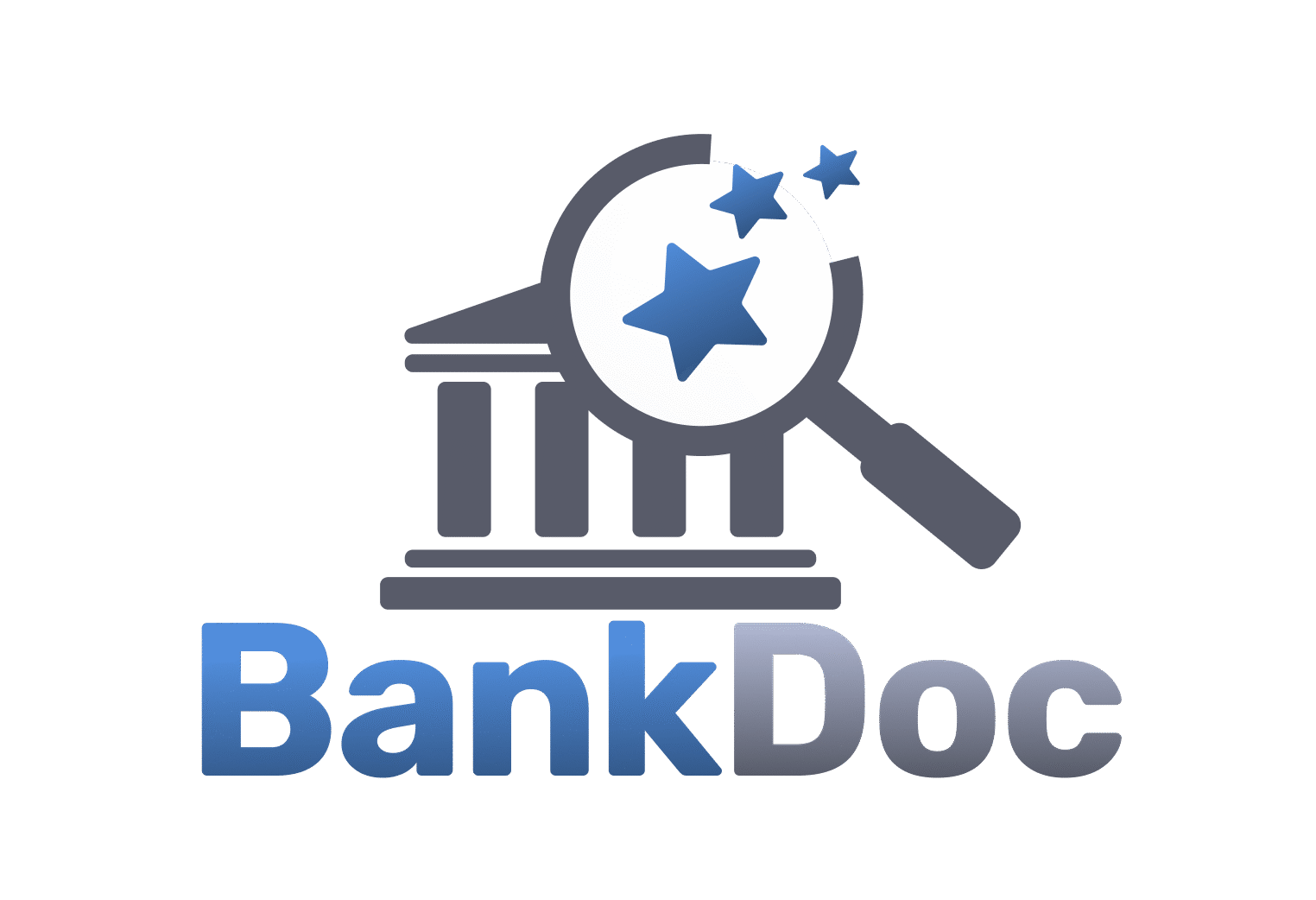As Europe navigates through 2025, economists and policymakers are closely analyzing key indicators to anticipate the continent’s economic trajectory for the second half of the year. With persistent inflationary pressures, diverging interest rate strategies, and geopolitical shifts, Q3 and Q4 will be critical for assessing the health and direction of the European economy.
In this outlook, we break down the primary economic drivers expected to shape the EU and broader European markets in the latter half of 2025.
1. GDP Growth: Recovery Remains Uneven Across the EU
After a mixed performance in Q1 and Q2, growth in Q3 and Q4 is expected to stabilize in most member states—albeit unevenly. According to forecasts from the European Commission and IMF:
- Germany may see moderate recovery, with Q3 GDP expected to grow by 0.4%, aided by strong exports and a rebound in manufacturing.
- Southern Europe, particularly Spain and Greece, could outperform, thanks to tourism and public infrastructure investments.
- Eastern European countries may experience slower growth due to high energy costs and reduced trade volumes with non-EU countries.
EU-wide GDP is projected to grow 1.1% in Q3 and 1.3% in Q4, reflecting a cautious but steady recovery.
2. Inflation: Gradual Decline, But Energy Prices Remain Volatile
Inflation rates are finally showing signs of cooling after two years of monetary tightening. The European Central Bank (ECB) has maintained its cautious approach, pausing rate hikes while closely monitoring inflationary trends.
- Eurozone inflation is projected to decline to 2.3% by Q4, nearing the ECB’s target.
- Food and energy prices remain unpredictable, especially with ongoing tensions in Eastern Europe and Middle East supply chains.
- Core inflation, excluding volatile categories, is expected to fall below 2% by late Q4.
Consumers can expect lower price volatility, but high interest rates will continue to affect credit and borrowing costs.
3. Interest Rates: ECB May Signal a Cut
As inflation eases, speculation has increased around whether the ECB will initiate rate cuts by year-end.
- The benchmark deposit rate is currently at 4.00%, the highest in over a decade.
- Market analysts forecast a 25-basis-point cut in December, contingent on stable inflation and wage growth moderation.
- Consumer and corporate lending remains tight, with banks maintaining strict criteria to offset rising non-performing loan (NPL) ratios.
Borrowers should not expect a return to ultra-low rates soon, but any movement toward easing will boost investor sentiment and household confidence.
4. Employment Trends: Labour Market Resilience, But Cracks Emerge
Despite headwinds, Europe’s labor market remains relatively robust:
- Unemployment in the Eurozone hovers near historic lows at 6.4%, but early signs of cooling are visible in sectors like tech, logistics, and construction.
- Wage growth has slowed to 3.2% annually, aiding inflation control but dampening consumer spending.
Governments are focusing on retraining programs, particularly in AI-related industries and green energy, to mitigate long-term structural unemployment risks.
5. Sectoral Outlooks: Key Winners and Losers
Winners:
- Green energy and renewable tech will continue receiving EU subsidies and investment incentives.
- Tourism and hospitality should thrive in Q3 thanks to pent-up demand and favorable weather patterns.
- Semiconductors and AI infrastructure, supported by the EU Chips Act, are attracting both private and public capital.
Losers:
- Retail banking faces profitability challenges amid regulatory scrutiny and digital competition.
- Commercial real estate continues to underperform, with demand for office space lagging.
- Manufacturing struggles with high energy input costs and global supply chain disruptions.
6. Geopolitical Risks & Global Trade
Two external factors are likely to weigh on Europe’s economic performance:
- The Ukraine conflict continues to impact energy pricing and regional investor confidence.
- The slowdown in China could reduce European export volume, particularly in machinery and luxury goods.
Simultaneously, trade agreements with India and South America may boost exports in sectors like pharmaceuticals and agri-tech.
7. Consumer Confidence and Spending
Consumer confidence, while improving slightly, remains fragile:
- Households are delaying large purchases due to elevated borrowing costs.
- Savings rates remain above pre-pandemic levels, indicating caution in spending behavior.
- Digital banking adoption is increasing, particularly for expense tracking and investment products, signaling a more informed and cautious consumer base.
Conclusion: What Lies Ahead
The European economy is walking a tightrope in the second half of 2025—balancing inflation control, modest growth, and rising external risks. While Q3 and Q4 are expected to deliver gradual improvement, the recovery will be uneven, sector-specific, and policy-sensitive.
Consumers and investors alike should prepare for a cautiously optimistic landscape, where informed decisions and long-term strategies will outperform speculative or reactive moves.
FAQ: European Economic Outlook
GDP in the Eurozone is projected to grow by 1.1% in Q3 and 1.3% in Q4, with strong performance expected in Southern Europe
Yes, Eurozone inflation is forecasted to decline to around 2.3% by Q4 2025, nearing the ECB’s target
Market analysts anticipate a potential 25-basis-point cut by December 2025, depending on inflation stability
Green energy, AI tech, tourism, and semiconductors are among the top-performing sectors in Q3 and Q4 2025
The Eurozone unemployment rate remains low at 6.4%, though signs of slowing in tech and construction are emerging
Geopolitical issues like the Ukraine conflict and China’s slowdown continue to affect trade and energy markets
Borrowing costs remain high, so consumers are cautious, with spending patterns shifting to essential and digital-first services
